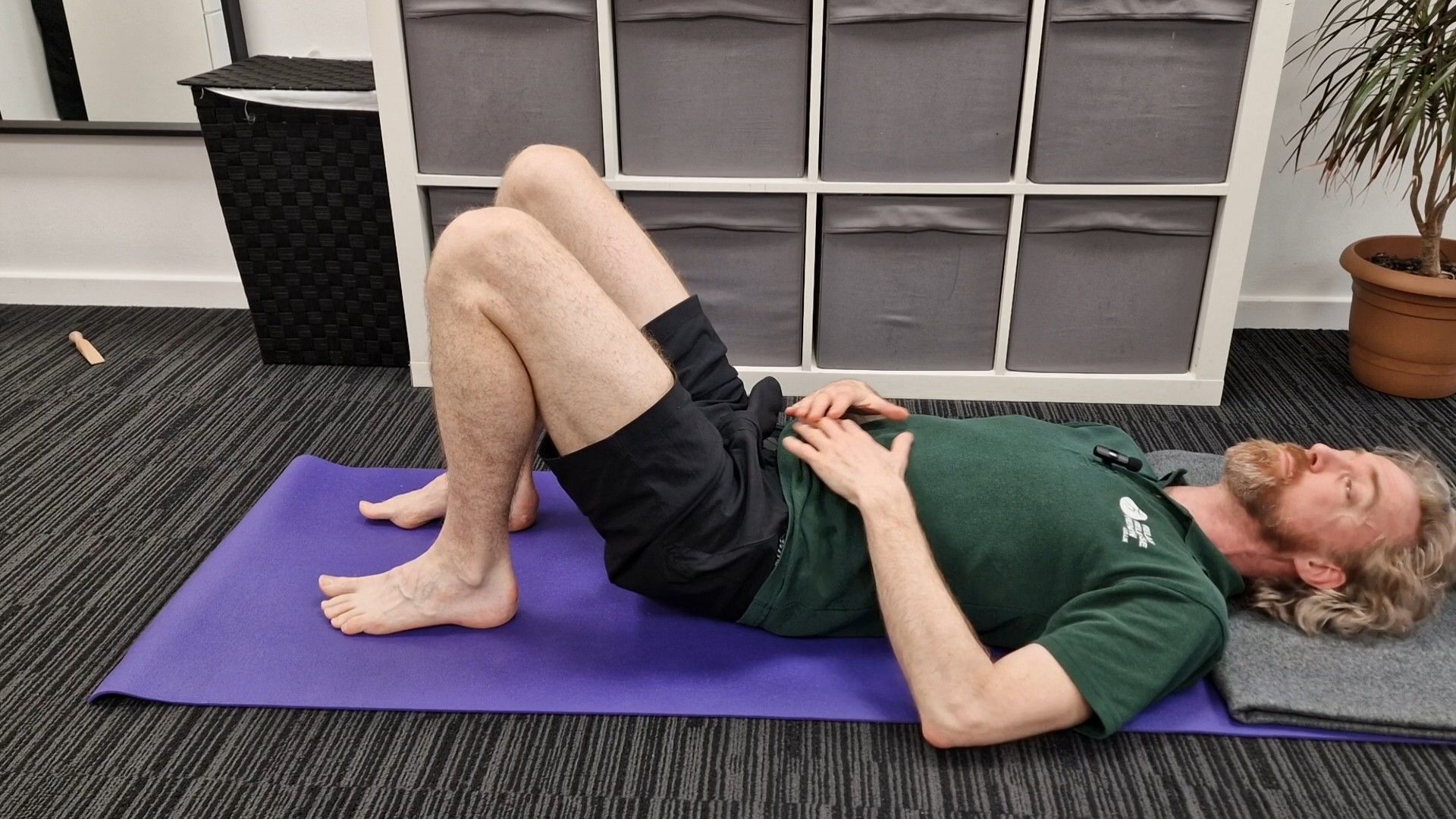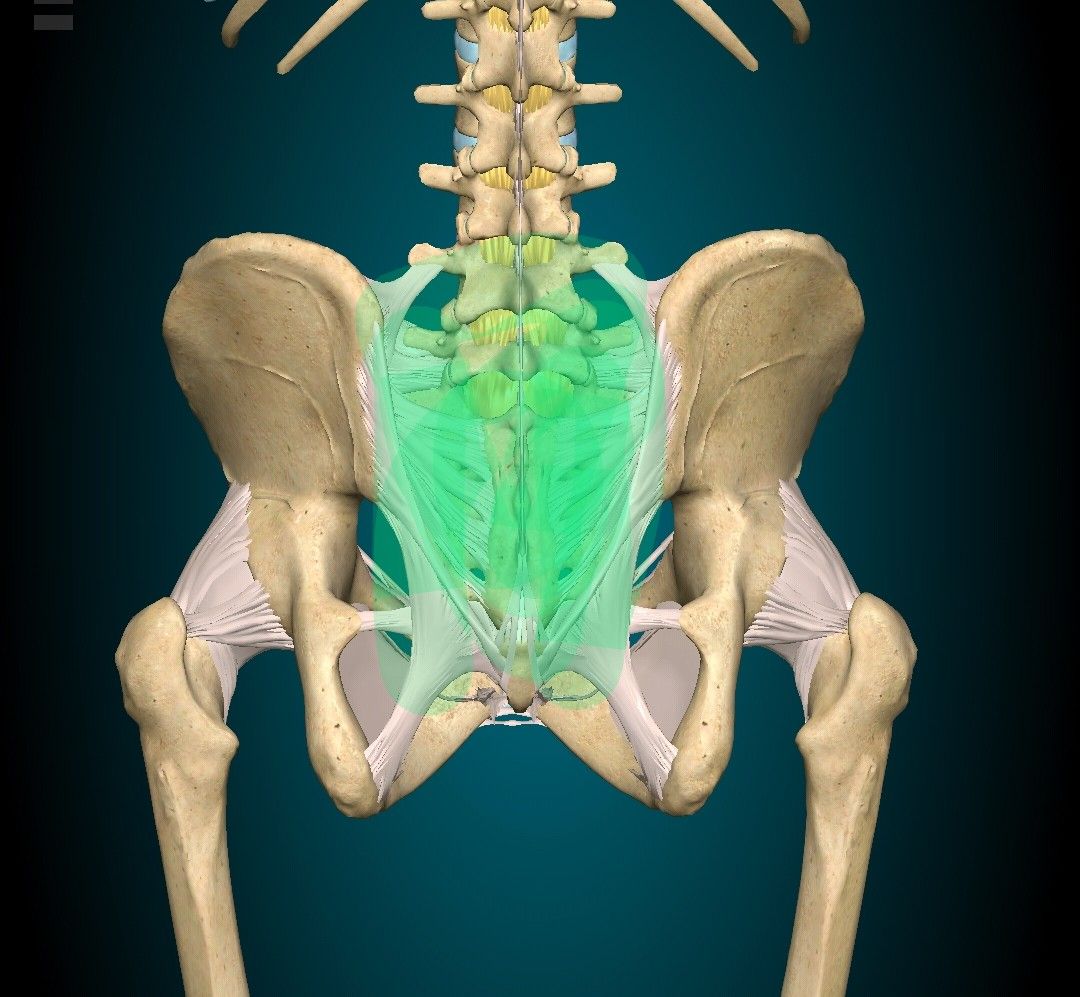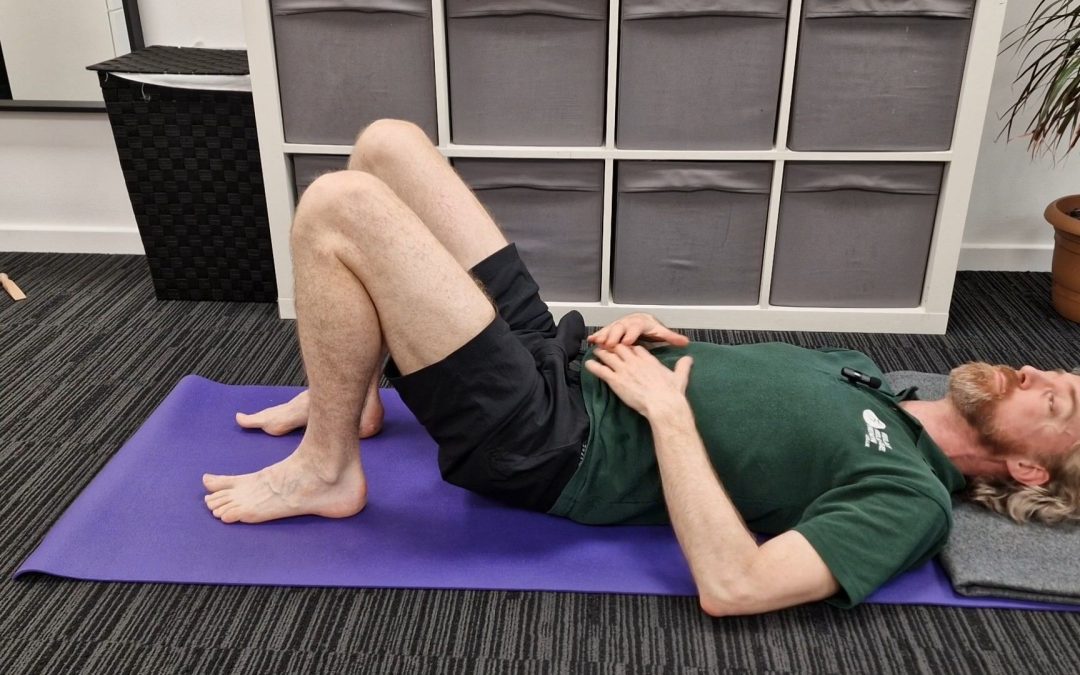This is a lovely movement that I find helps to soften the low back and pelvis. Is similar to the Scapula Scritch, but the other end of ths spine.
Why do I call it a scritch? Well, it’s a word I’ve (possibly) made up that is kind of like a scratch or an itch. Scratching to me uses the fingers, and this doesn’t, so instead I called it a scritch.
The following talks about moving the pelvis and low back. You are in control of the movements and they can be small and slow if that promotes a feeling of safe movement in the low back. The movements I do on camera might be larger so you can see what I’m talking about.
There really isn’t much to see when you’re doing these movements, so the images aren’t super helpful. Read the text, watch the video and then have a go at the moves. The movements can look a bit weird so I’d suggest doing this somewhere private, at least until you get confident with the movements.
It uses a movement rather stretches, and as always this should not generate feelings of pain or significant discomfort.
Equipment
None really needed, but some props to make you comfortable are suggested:
- Yoga mat; If you’re lying on the ground or floor then something like a yoga mat can be good.
- A blanket or small pillow to go under the head can also be really nice, I would suggest something that is not too sticky/tacky as you want to be able to slide over it.
Pelvic scritch
- Lie down and make yourself comfortable.
- Have the knees bent with the feet flat on the floor so you can use your feet to help with the movements.
- Imagine that there is something on the back of the pelvis that needs to scratched. The green area on the image on the right covers the sacrum, which is the bone at the back of the pelvis.
- You want to move in such a way that you are scratching the whole of the sacrum, the back of the pelvis. You can use whatever movement you want:
- Tilting the pelvis head to toe.
- Rocking the pelvis side to side, try keeping the knees pointing up into the air so it is the pelvis that moves rather than swaying the legs.
- Twisting the back of the pelvis clockwise and anti-clockwise.
- Combinations of all of the above, whatever takes your fancy.
- The movements really don’t need to be neat or precise (which is half the fun). If there is a motion that feels harder than it should do, then maybe focus on trying to make it easier for a bit.
- Do the movements for as long as they feel helpful, but maybe a minimum of 30 seconds to a minute.
- Relax and see how things feel.


That’s the movement, its quite fun to do. I feel like my back feels freer, and my pelvis rests more comfortably on the groun.It can also feel a little like the waist has had a slight work out, but that feels like a good thing as its not too much effort.
Video
Thanks for reading this my lovely Interonauts.
Tim


